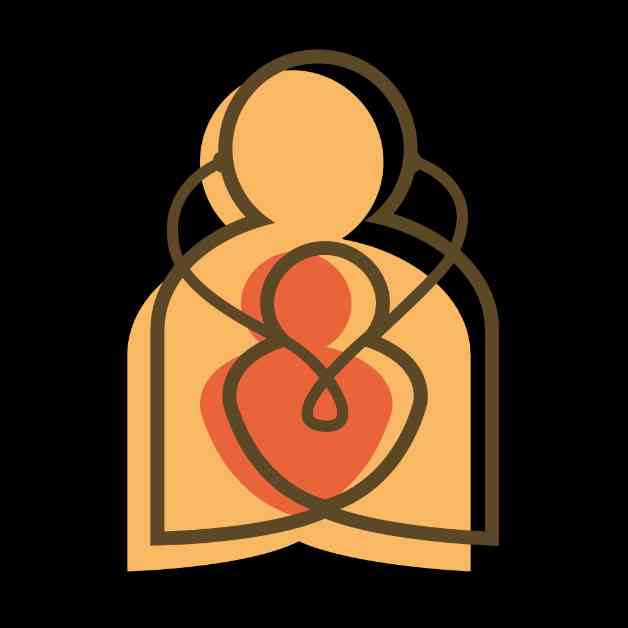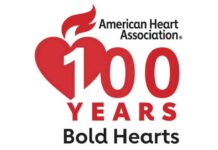The Dangers of Hookah Smoking: Why It’s Time to Rethink This Trend
In recent years, there has been a shift in the way young people are choosing to consume tobacco. While fewer teens today are smoking cigarettes compared to two decades ago, there has been a rise in the popularity of hookah smoking. Often perceived as a safer alternative to traditional cigarettes, hookah smoking poses significant health risks that many are not aware of.
What is Hookah?
Hookah, also known as argilah, nargile, or hitboo, is a traditional waterpipe that originated in South Asia and the Middle East centuries ago. It involves smoking a mixture of shredded tobacco called shisha, which is often flavored with fruity or candy flavors. The hookah works by heating the tobacco near the top of a vase-like tower using charcoal or bits of wood. The smoke and vapor produced from the combusted tobacco pass through the water chamber and into attached hoses, from which users inhale before passing it on to the next person in the group.
Contrary to popular belief, hookah smoking is not a safe alternative to cigarettes. Although the smoke from the tobacco passes through water, studies have shown that hookahs do not effectively filter out harmful substances. This means that hookah smokers may end up inhaling higher amounts of nicotine, metals, and toxic chemicals compared to cigarette smokers. Additionally, germs can easily spread on the shared mouthpieces of hookah hoses, increasing the risk of infections.
The Risks of Hookah Smoking
Here are some important facts about the risks associated with hookah smoking:
1. Equivalent to Smoking 100 or More Cigarettes:
– One hookah session can be equivalent to smoking 100 or more cigarettes. Sessions can last half an hour or longer, and the amount of smoke inhaled during this time is significantly greater than smoking a single cigarette.
– Hookah smoke contains many of the same toxins found in cigarettes, putting individuals at risk of rapid heart rate, increased blood pressure, irregular heartbeats, and long-term health issues such as various tobacco-related cancers and respiratory diseases.
2. Poisonous and Addictive Chemicals:
– Hookah smoke contains harmful chemicals such as carbon monoxide, arsenic, selenium, mercury, lead, benzene, and others that can reach dangerous levels during a single session.
– Pregnant women and children are particularly vulnerable to the toxic effects of these chemicals, making hookah smoking even more hazardous.
3. Addiction:
– Research has shown that over 95% of the nicotine in hookah smoke remains unfiltered by the water chamber, making it a highly addictive habit.
– Hookah smokers are at a higher risk of starting to smoke cigarettes, with one study showing that young adult hookah smokers were more than twice as likely to try cigarettes than nonsmokers. Additionally, hookah smoking has been linked to increased alcohol and marijuana use.
4. Spread of Infectious Diseases:
– Due to the direct contact of hookahs with the mouth and the sharing of hoses among multiple smokers, infectious diseases can easily spread during a hookah session.
– Contagious diseases such as oral herpes and the flu, as well as more serious illnesses like tuberculosis and hepatitis, have been linked to hookah use, highlighting the significant health risks involved.
The CDC’s Stance on Tobacco Use
According to the Centers for Disease Control and Prevention (CDC), tobacco use remains the leading cause of preventable disease and death in the United States. It is crucial to recognize that tobacco use typically begins during youth and young adulthood, making it essential to educate young people about the risks associated with hookah and other forms of tobacco smoking.
Taking Action Against Hookah Smoking
To address the growing trend of hookah smoking among teens and young adults, it is important for parents, educators, and health professionals to have open discussions about the dangers of tobacco use. Some key resources that can provide valuable information on this topic include:
– Raise the Tobacco-Buying Age to 21: AAP Explains Why
– Emerging & Alternative Forms of Tobacco are Dangerous
– Hookah Fact Sheet (Centers for Disease Control and Prevention)
– Waterpipe Tobacco Smoking: An Emerging Health Crisis in the United States (National Institute of Health)
– Tobacco Use Among Middle and High School Students — United States, 2011–2016 (MMWR – Centers for Disease Control and Prevention)
– Waterpipe Tobacco Smoking: Health Effects, Research Needs & Recommended Actions by Regulators (World Health Organization)
– An Emerging Deadly Trend: Waterpipe Tobacco Use (lungusa2.org)
By raising awareness about the risks of hookah smoking and providing access to resources that can help individuals make informed decisions about their health, we can work towards reducing the prevalence of tobacco use among young people and safeguarding their well-being.
In conclusion, it is essential to recognize that hookah smoking is not a safe alternative to cigarettes and poses significant health risks to individuals, particularly young adults and teens. By understanding the dangers associated with hookah use and taking proactive measures to educate and inform the public, we can work towards creating a healthier and smoke-free future for generations to come.

















